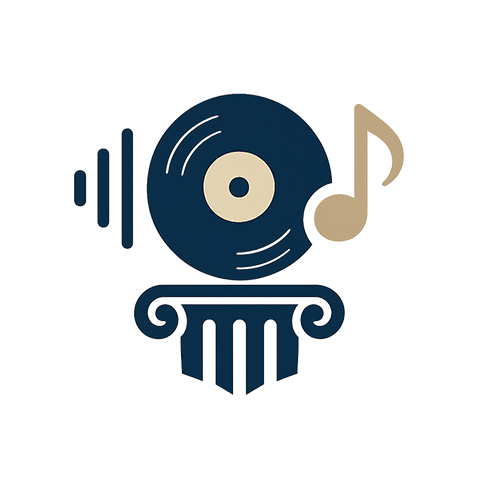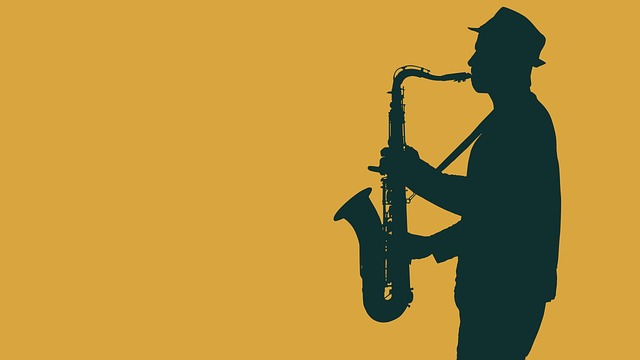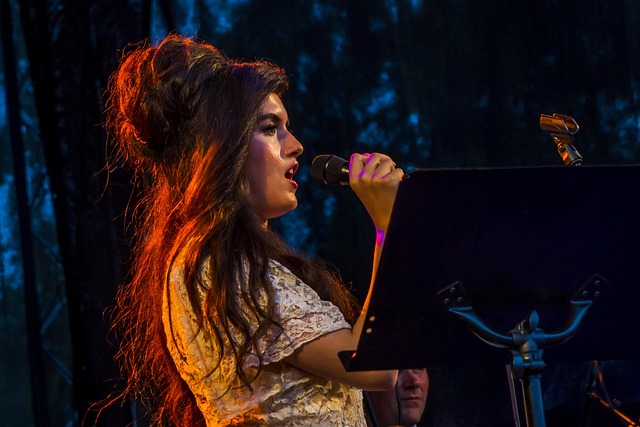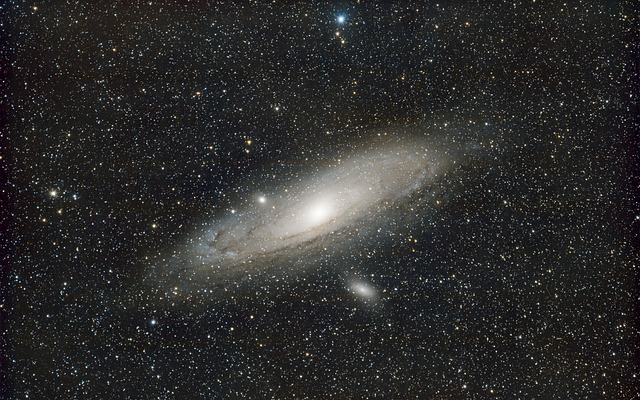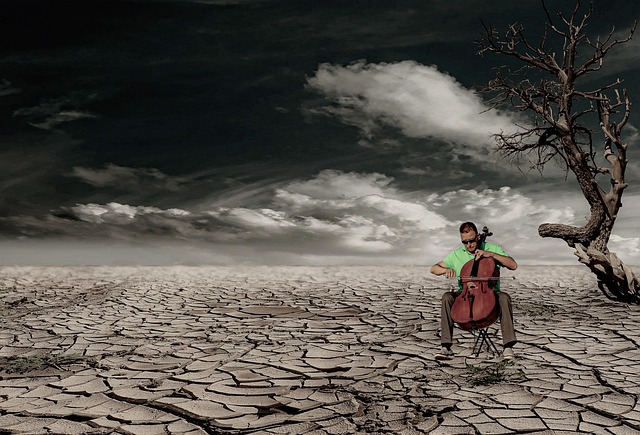
Jazz Improvisations Spontaneous Music Party Vibes and Cultural Beats
Jazz improvisations have long been the heartbeat of spontaneous musical expression, a living dialogue that unfolds in real time. From the smoky clubs of New Orleans to the packed rooms of New York’s legendary venues, these moments of creation defy rehearsal and reveal the raw essence of the musician’s intent. The tradition traces back to the early 20th century, when African‑American communities blended blues, ragtime, and marching‑band influences to forge a new sound that resonated with freedom and resilience. Today, the term jazz improvisations evokes not only technical mastery but also an atmosphere of communal celebration that invites listeners to feel the pulse of the music as it evolves.
The Birth of Jazz Improvisations
In the framework of jazz improvisations, each soloist takes a turn to explore melodic motifs, rhythmic variations, and harmonic textures within a pre‑determined chord progression. Musicians often employ call‑and‑response patterns that echo the call‑and‑response roots of African and blues traditions. The process is inherently collaborative: the drummer’s dynamic accents, the bassist’s walking line, and the horn players’ melodic interjections create a constantly shifting tapestry. Even seasoned players may surprise themselves with unexpected turns, guided by the spontaneous interplay with the ensemble. This dialogic nature is what makes jazz improvisations a living art form rather than a static recording.
Instrumental Voices
The instruments that dominate jazz improvisations—trumpet, saxophone, trombone, piano, guitar, double‑bass, and drums—each bring distinct voices to the conversation. The trumpet’s bright, piercing timbre often leads with bold statements, while the saxophone’s warm, breathy tone provides lyrical depth. The piano offers harmonic support and rhythmic punctuations, weaving chords that inspire melodic invention. The bass anchors the harmony with a steady pulse, and the drummer’s subtle brushwork or aggressive cymbal crashes punctuate the musical dialogue. Together, these timbres form a rich palette that allows improvisers to shape mood, energy, and narrative within a single set.
Party Atmosphere
Jazz improvisations thrive in social settings where music becomes a catalyst for shared experience. At parties, the improvisational energy lifts spirits, transforming ordinary gatherings into vibrant celebrations. When a live trio takes the floor in a dimly lit lounge, the audience may sway, clapping, or dancing, feeding the performers with palpable enthusiasm. The spontaneous nature of the music ensures that each performance feels unique, as if the collective heartbeats of the crowd sync with the improviser’s phrasing. This synergy between performer and audience is a cornerstone of jazz culture, turning every gig into an interactive narrative rather than a one‑way exhibition.
Cross‑Genre Influence
Jazz improvisations have profoundly influenced many other musical styles, from funk and soul to hip‑hop and electronic music. Producers sample jazz solos, remixing them into fresh beats that pay homage to the improvisational spirit. Jazz’s syncopated rhythms and complex harmonies inspire contemporary musicians to experiment with new forms and structures. Even pop artists incorporate improvisational solos or vocal ad‑libs during live shows, echoing jazz’s tradition of spontaneous expression. This cross‑pollination ensures that jazz improvisations remain relevant, bridging generational gaps and keeping the genre’s core ethos alive in modern music culture.
Digital Age
With the advent of digital recording and streaming, jazz improvisations reach audiences worldwide in real time. Live streams of jam sessions allow fans to witness the creative process from anywhere, fostering a global community of listeners who appreciate the unpredictability of improvised music. Additionally, software tools enable musicians to experiment with loops and effects while maintaining the spontaneity that defines jazz improvisations. Despite the technology’s role, the essence remains unchanged: an unplanned, expressive dialogue between musicians and their environment.
Personal Experience
I once attended an intimate club in Chicago where a quartet played a set that lasted almost an hour. The saxophonist began with a haunting theme that gradually morphed into an exuberant, rhythmically complex solo. At one point, the drummer, sensing the crowd’s excitement, introduced a rapid drum fill that prompted the pianist to explore unconventional chords. The audience laughed, shouted, and even shouted out lyrics, turning the performance into a living story. That night, I realized that jazz improvisations are not merely technical feats but communal stories that connect strangers in the shared language of sound.
Cultural Heritage
Beyond entertainment, jazz improvisations hold a vital place in cultural heritage. They embody the African diaspora’s legacy of oral tradition, storytelling, and communal resilience. By improvising, musicians honor a lineage that values individual creativity within collective frameworks. Communities that have long celebrated jazz see it as a form of resistance, a way to assert identity and freedom in the face of oppression. Thus, jazz improvisations are both an artistic and political act, a living archive of cultural memory that continues to inspire new generations.
Future Horizons
Looking forward, the evolution of jazz improvisations will likely intertwine with emerging technologies such as artificial intelligence, virtual reality, and immersive audio. These tools can offer novel ways for musicians to interact, allowing audiences to participate in live improvisations through augmented interfaces. At the same time, the core principles—immediate creativity, collaborative listening, and cultural storytelling—will continue to ground the genre. The next generation of jazzists will therefore blend tradition with innovation, ensuring that improvisation remains a living, breathing art form.
The Shared Musical Journey
Ultimately, the spirit of jazz improvisations is a testament to humanity’s endless quest for expression. It teaches that music is not merely a product of rehearsal but a dialog that exists in the moment. As listeners, we become co‑creators, feeling the energy, offering applause, and even projecting our own emotions onto the notes. In this shared experience, jazz improvisations bridge gaps between cultures, eras, and individual narratives, weaving an ever‑expanding tapestry of sound that invites us all to dance.
